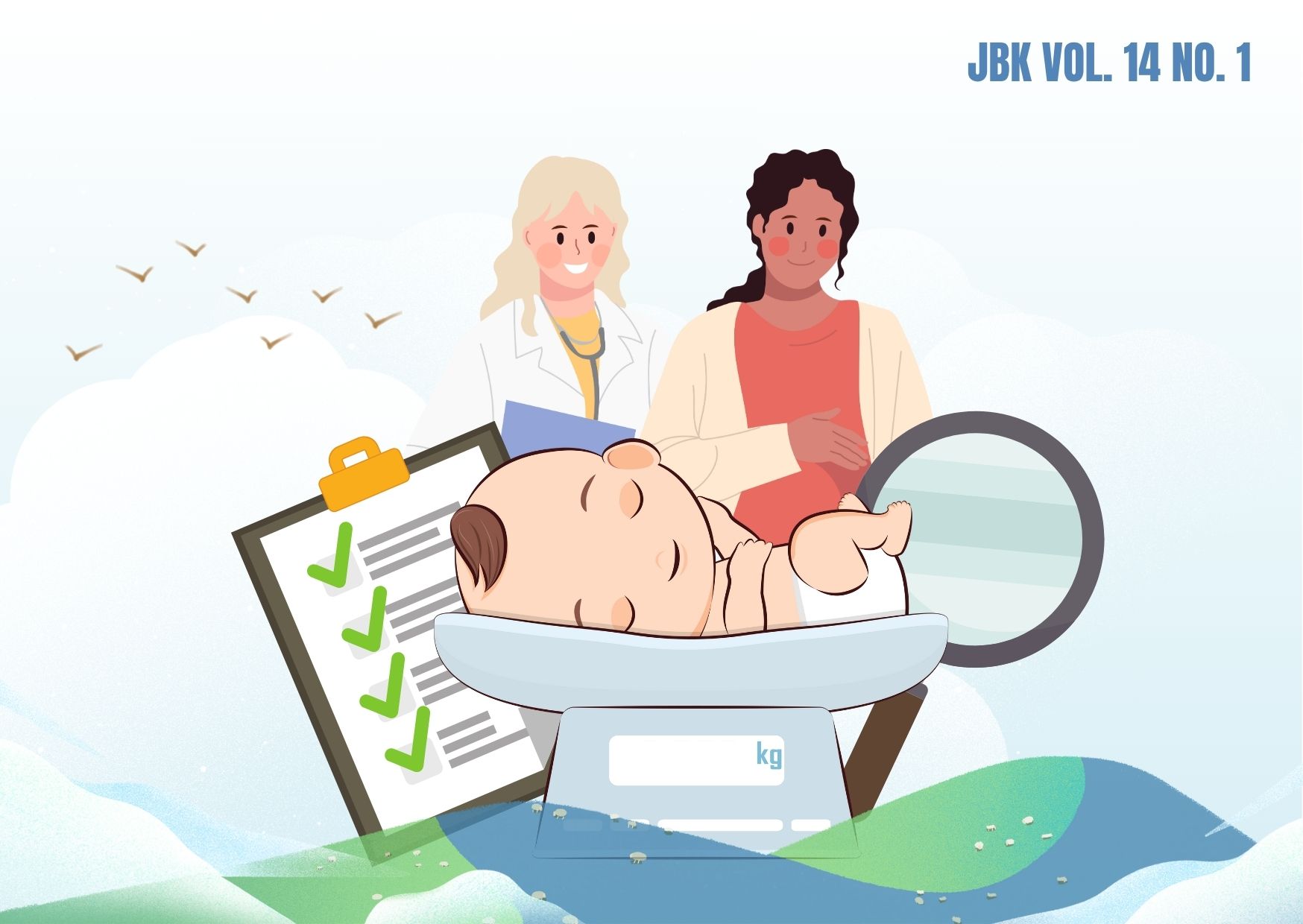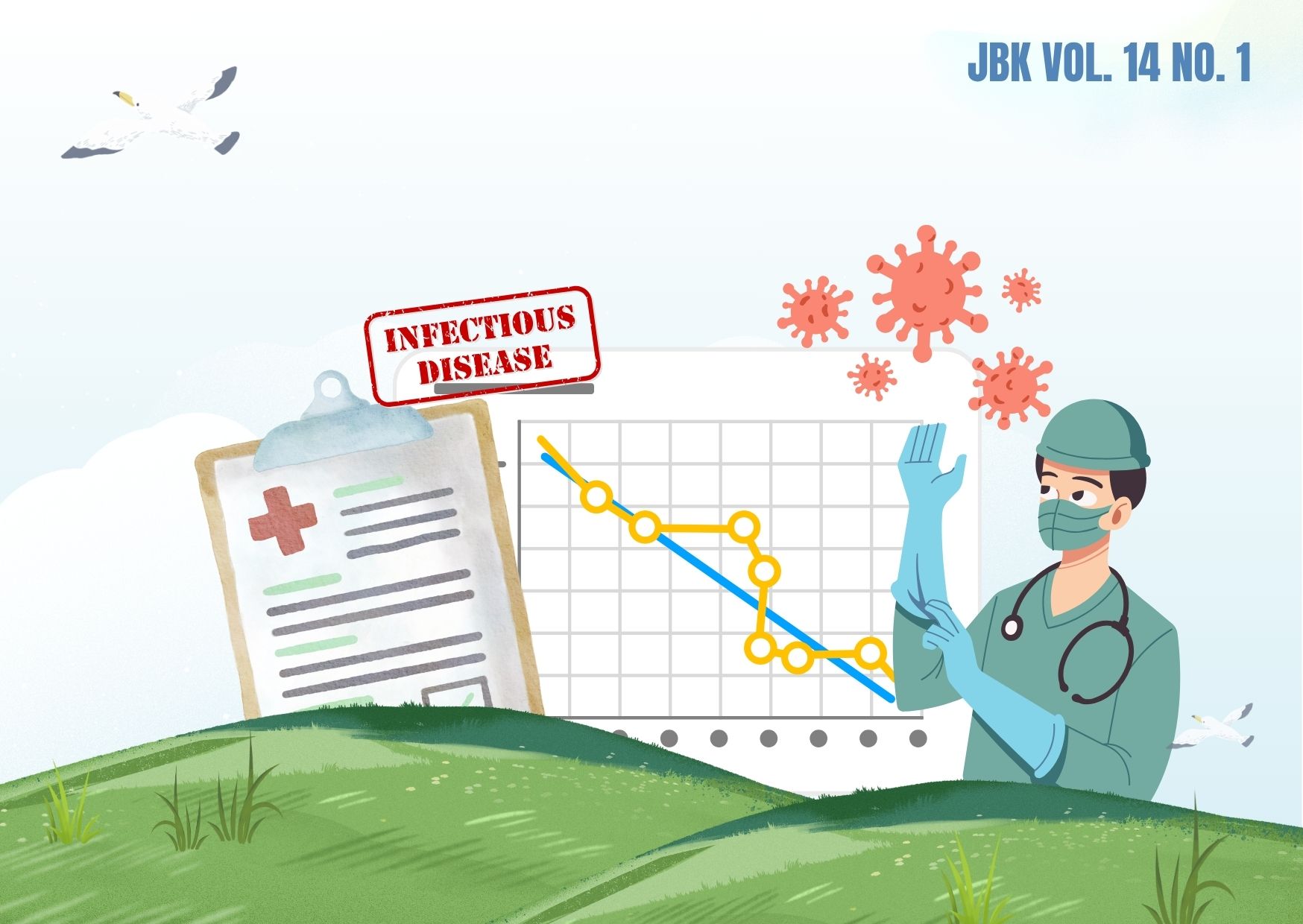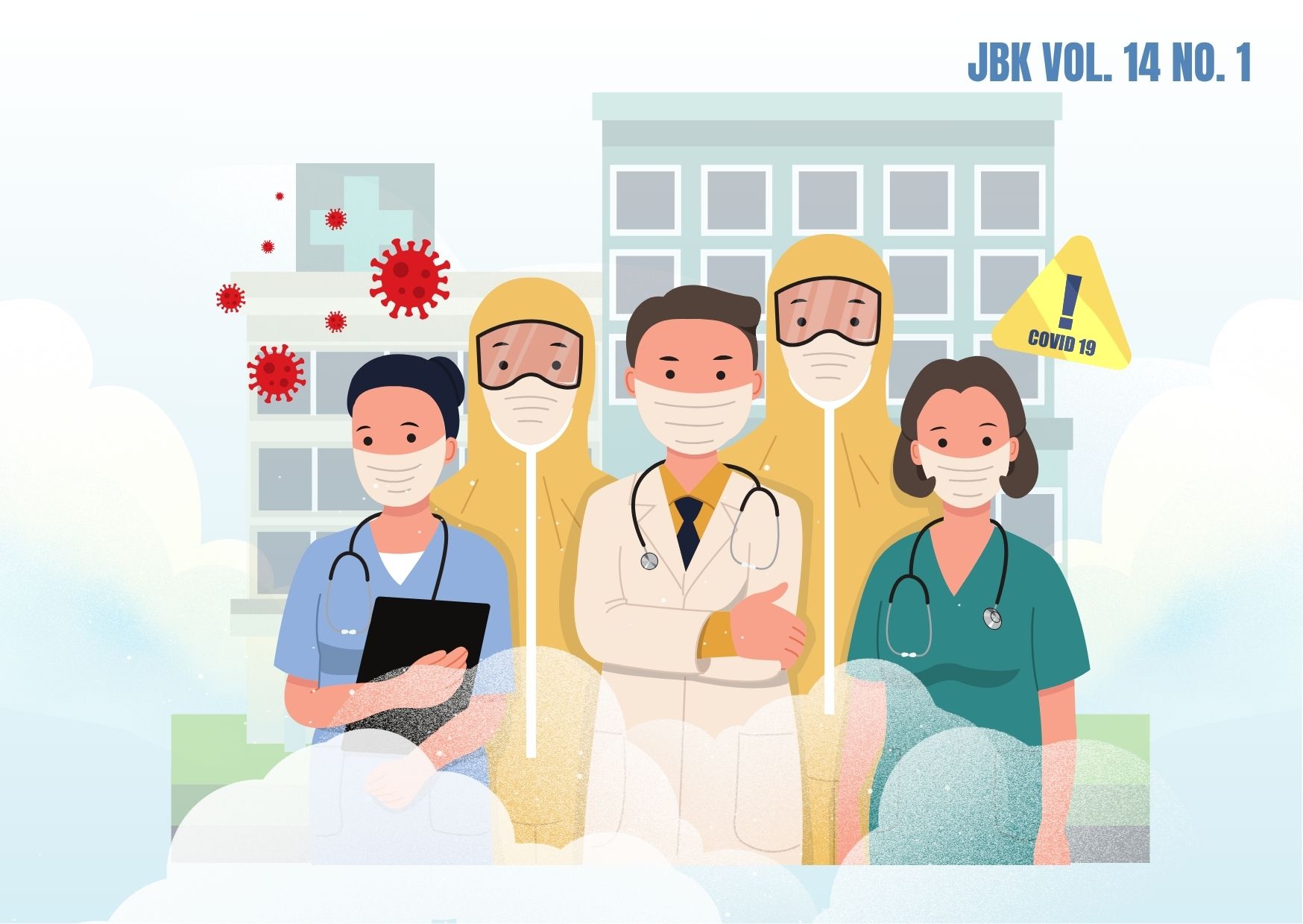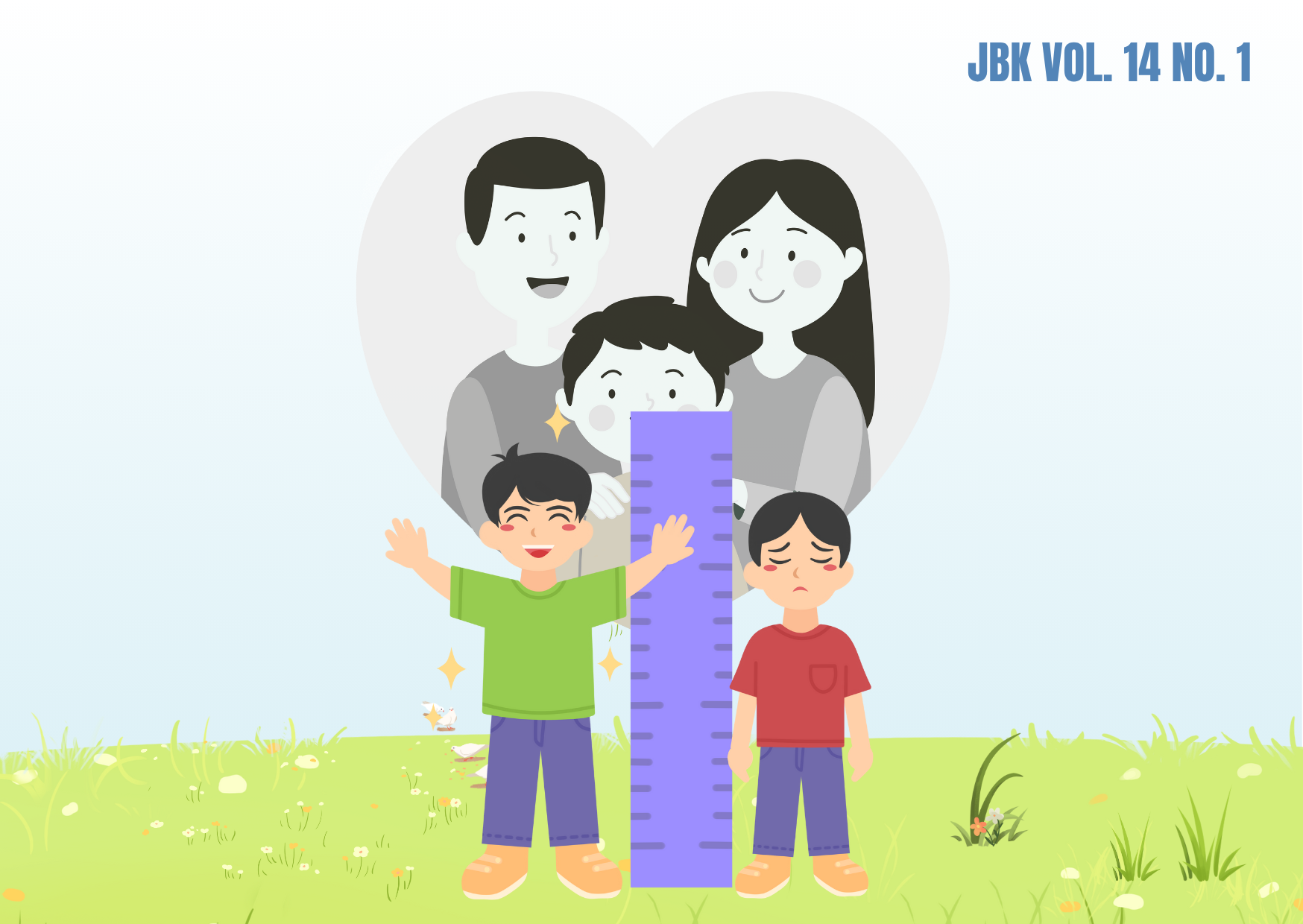APPLICATION OF THE HOLT-WINTERS EXPONENTIAL SMOOTHING METHOD ON THE AIR POLLUTION STANDARD INDEX IN SURABAYA
Downloads
The Air Pollution Standards Index (APSI) is an indicator that shows how clean or polluted the air is in a city. It also portrays the health impacts towards the people who breathe it in. Based on the Indonesian Ministry of Environment monitoring through the Air Quality Monitoring Station (AQMS), the city of Surabaya only had 22 up to 62 days of air categorized as good in a year. The purpose of this study was to forecast APSI as a scientific-based reference for making decisions and policies that were appropriate in tackling the effects of air pollution on health. This study was non-obstructive or non-reactive research. The research method used was time series to identify the time relationship. The data used were secondary data taken from the APSI documents from 2014 to 2019 at the Surabaya City Environment Agency. The results of this study obtained the best model through α (0.8), γ (0.5), and δ (0.6) with the values of MAPE (0.104355), MAD (0.00842), and MSD (0.001050) calculated with the Holt-Winters exponential smoothing method. The highest produced forecast value of APSI was in September 2020, and the smallest was in January 2020. This study suggests the government of Surabaya to create policies and programs to suppress the number within APSI.
Ahmad, EF and Santoso, M. 2016. Analysis of Characterization of Concentration and Air Particulate Composition (Case Study: Surabaya). Journal of Chemistry VALENSI, 2 (2), pp. 97–103
Darmawan, R., 2018. Environmental Health Risk Assessment of NO2 Ambient Level and Toll Collectors Officer'S Health Complaints. Journal of Environmental Health, 10 (1), pp. 116.
Encik Rosalina, Sigit Sugiarto, MDHG, 2016. Holt-Winter Forecasting Method to Predict the Number of Visitors to the Library of Riau University. FMIPA Repository, 7 (1), pp. 1–8.
Gelper, S., Fried, R. and Croux, C., 2010. Robust forecasting with exponential and holt-winters smoothing. Journal of Forecasting, 29 (3), pp. 285–300.
Irawan, A. and Sutomo, AH, 2017. The incident of ARI in Pekanbaru. Journal Of Community Medicine and Public Health, 33 (1), pp. 15-32
Jatmiko, YA, Rahayu, RL and Darmawan, G., 2017. Comparison of the accuracy of the Holt-Winters Method of Shallot Production Forecasting Results with Singular Spectrum Analysis (SSA). Mathematical Journal, 3 (1), pp. 13.
Makridakis, S., Wheelwright, S; and Victor, 1999. Methods and Applications of Forecasting. 2nd editio ed. Jakarta: Erlangga.
Makridakis, S., Wheelwright, SC; and McGee, M .., 2002. Forecasting Methods and Application. Canada: John Wiley and Sons Inc.
Government Regulation Number 41 of 199 concerning Air Pollution Control. Jakarta: President of the Republic of Indonesia.
Prahardis, R., Syauqi, D. and Akbar, SR, 2018. Implementation of Air Pollution Monitoring System Based on Air Pollution Standard Index with Finite State Machine Modeling. Journal of Information Technology Development and Computer Science, 2 (9), pp. 3128-3137
Putra, DAWS, Hartomo, KD and Tanone, R., 2018. Drought Prediction Model Using the Holt-Winters Method (Case Study: Boyolali District). Indonesian Journal of Computing and Modeling, 1 (1), pp. 36–41.
Putra, RE and Indriyani, T., 2015. Application of Association Rules with Apriori Algorithm for Air Pollutant Analysis in Surabaya. National Seminar on Indonesian Information Systems, 2 (3), pp.2–3.
Sinay, LJ, Pentury, T. and Anakotta, D., 2017. Rainfall Forecasting in Ambon City Using the Holt-Winters Exponential Smoothing Method Rainfall Forecasting in Ambon City Using the Holt- Winter Exponential Smoothing Method. Journal of Mathematics and Applied Science, 11 (2), pp. 101–108.
Utami, R. and Atmojo, S., 2017. Comparison of the Holt Exponential Smoothing and Winter Exponential Smoothing Methods for forecasting souvenir sales. Asian Scientific Journal of Information Technology, 11 (2), pp. 123.
Wei, W., 2006. Time Series Analysis: Univariate and Multivariate Methods. 2, illustrate ed. California: University of California.
Copyright©2022 Jurnal Biometrika dan Kependudukan (Journal of Biometrics and Population)
This work is licensed under a Creative Commons Attribution-NonCommercial-ShareAlike 4.0 International License.
1. Copyright of all journal manuscripts is held by the Jurnal Biometrika dan Kependudukan.
2. Formal legal provisions to access digital articles of the electronic journals are subject to the provision of the Creative Commons Attribution-ShareAlike license (CC BY-NC-SA), which means that Jurnal Kesehatan Biometrika dan Kependudukan to keep, transfer media/format, manage in the form of databases, maintain, and publish articles.
3. Published manuscripts both printed and electronic are open access for educational, research, and library purposes. Additionally, the editorial board is not responsible for any violations of copyright law.



































